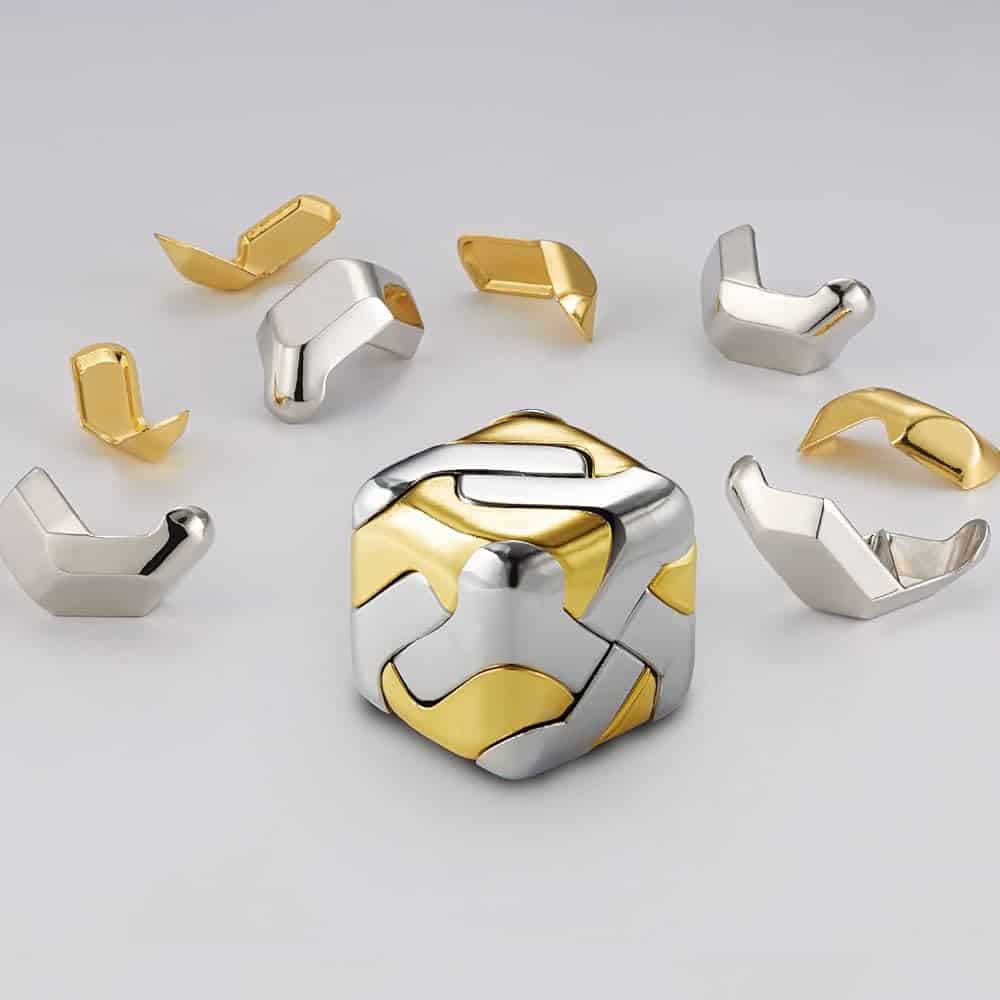The Curious Case of the Widget
Imagine being presented with an obscure object—a widget, perhaps like the one in the picture. Its peculiar shape and unique features ignite your curiosity. What does it do? How does it work? The initial impulse is to delve deeper into its design, for understanding design is pivotal in uncovering purpose and value. Thus, your investigation begins.
First, you would likely analyze the widget’s exterior. You’d inspect its materials, texture, colors, and dimensions. With every observation, you start forming hypotheses about its function. This initial stage of examination is crucial; it allows you to gather vital data that will lead to more profound insights. Perhaps there are moving parts, which might suggest it serves a mechanical purpose. Alternatively, static features may indicate that it is decorative or representational.
Disassembling the Mystery
Once you have formed tentative conclusions about the widget’s exterior, the next logical step would be to take it apart. Disassembly is an enlightening process—like peeling back the layers of an onion. Each component reveals something new. Through this meticulous exploration, you can uncover how the parts fit together and operate in harmony. This hands-on approach not only enhances your understanding of the widget’s design but also suggests possible uses.
During the disassembly, you might discover mechanisms such as gears, levers, or electronic components. Each piece provides clues to the overall purpose of the widget. For instance, if you uncover springs or pulleys, it may imply a function related to motion. Conversely, wires and circuits could indicate an electrical application. The design intricacies you observe at this stage prove that the original creator had a specific intention in mind, merging functionality and aesthetics.
Ascertaining Purpose and Value
After gathering enough information, the final task is to ascertain the purpose and value of the widget. This understanding stems predominantly from the revelations of its design. Once you see how the various components come together, you can clearly define what the widget is intended for. Design, after all, undeniably dictates purpose. You now know what the widget can achieve, whether it’s a tool for a specific task, a piece of art, or a combination of both.
Furthermore, assigning value to the widget requires considering its impact on users and their needs. For instance, if the widget serves a particular function that solves a problem or enhances efficiency, its value amplifies. Alternatively, if it is solely decorative but evokes emotion or stimulates conversation, its significance may lie in its ability to connect people. Ultimately, understanding the design holds the key to recognizing both the purpose and the value embedded within the widget.
The Conclusion
Analyzing an unfamiliar widget encourages a profound appreciation for design. By engaging in observation, disassembly, and interpretation, you can unravel its underlying purpose and intrinsic value.
You Are Not A Cosmic Accident!
Do you like metal puzzles like the one in the picture for this post? You can purchase one (or others) here.

Would you like to determine your unique design? Click here to learn more about a tool that’s been developed and refined for over 100 years that measures your aptitudes and then shows you the careers that fit your unique design.
